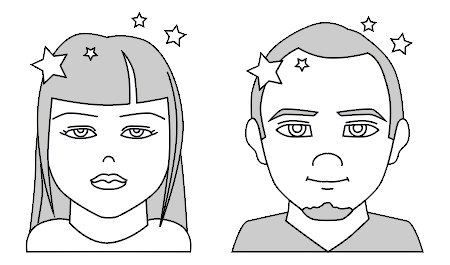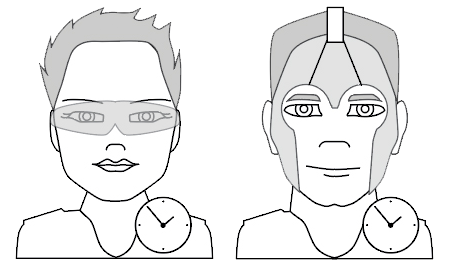Choose Your Own Adventure
An interactive analytics game
You've arrived, Mastermind.
You're playing Choose Your Own Adventure as the Mastermind analyst. Good luck!
Over one billion tourists travel each year. They spend over $885 billion on their trips worldwide. But who? And where?
Which countries send and receive the most tourists?
You choose to:
Create a filled map in Tableau with color representing the amount of tourists either sent to or received by different countries. You use a parameter and quick calculation to toggle between views of arriving and departing tourists.
In Tableau, you can create many different kinds of maps. Above, we used a filled map. Need more flexibility? Discover how to create custom territories with spatial files in Tableau.
You discover that:
France receives the most tourists, and the United States sends the most.
Analytic techniques:
You created a map to provide context to your geographic data. You also used parameters and a calculation to control display options in your viz. Parameters are dynamic values that can replace constant values in calculations, filters, and reference lines.
Now you want to know…
Which other countries have the highest income from tourism?
You choose to:
Narrow your focus by adding regional data from a separate file. Using two data sets, you find out how much money tourists spend, and have historically spent, traveling in African countries. By writing a level of detail (LOD) expression and using it for proportional brushing, you get a constant bar for each country’s total tourism expenditure, and a dynamic bar for the amount of that total spent each year.
Learn more about LOD expressions.
You discover that:
In the past 5 years, South Africa outperforms Egypt as the country receiving the most money from tourism. But as you add historical context, Egypt emerges as the long-time leader.
Advanced analytic techniques:
You used proportional brushing, which compares a subset of items to its total amount. Proportional brushing answers a fundamental question in any analysis: “Compared to what?” You also performed a cross-database join with regional market data. Cross-database joins integrate data from multiple data sets for more robust analysis.
Now you want to know…
How do these countries contribute to global tourism expenditure?
You choose to:
Discover how tourist spend in Egypt and South Africa contributes to global tourism. You create a filled, country-level map with tourism spend information, and write an LOD expression to calculate percent of total for a country's contribution to global tourism expenditure. Now you can use a filter to toggle between different regions, without losing global perspective.
Discover other uses for LOD expressions.
You discover that:
South Africa contributes 1.01% to global tourism spend, and Egypt contributes 0.99 percent. With the filter you created, you can also explore other regional contributions.
Advanced analytic technique:
You calculated a global percent of total using LOD expressions. Using an LOD percent of total (as opposed to a standard percent of total calculation), you retain global context when filtered to a specific region.
Start a new adventure as:
Prophet Analyst
Voyager Analyst
Sage Analyst
Advanced Analytics with Tableau
Discover how Tableau's advanced analytics features work.




